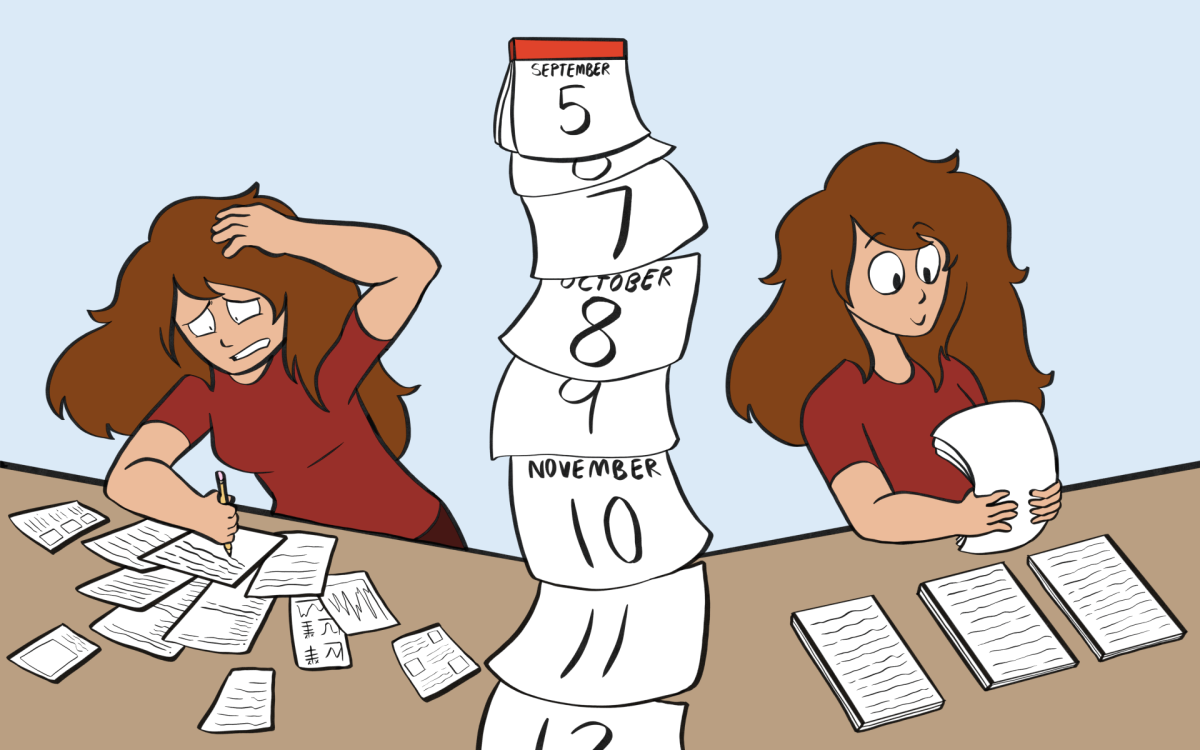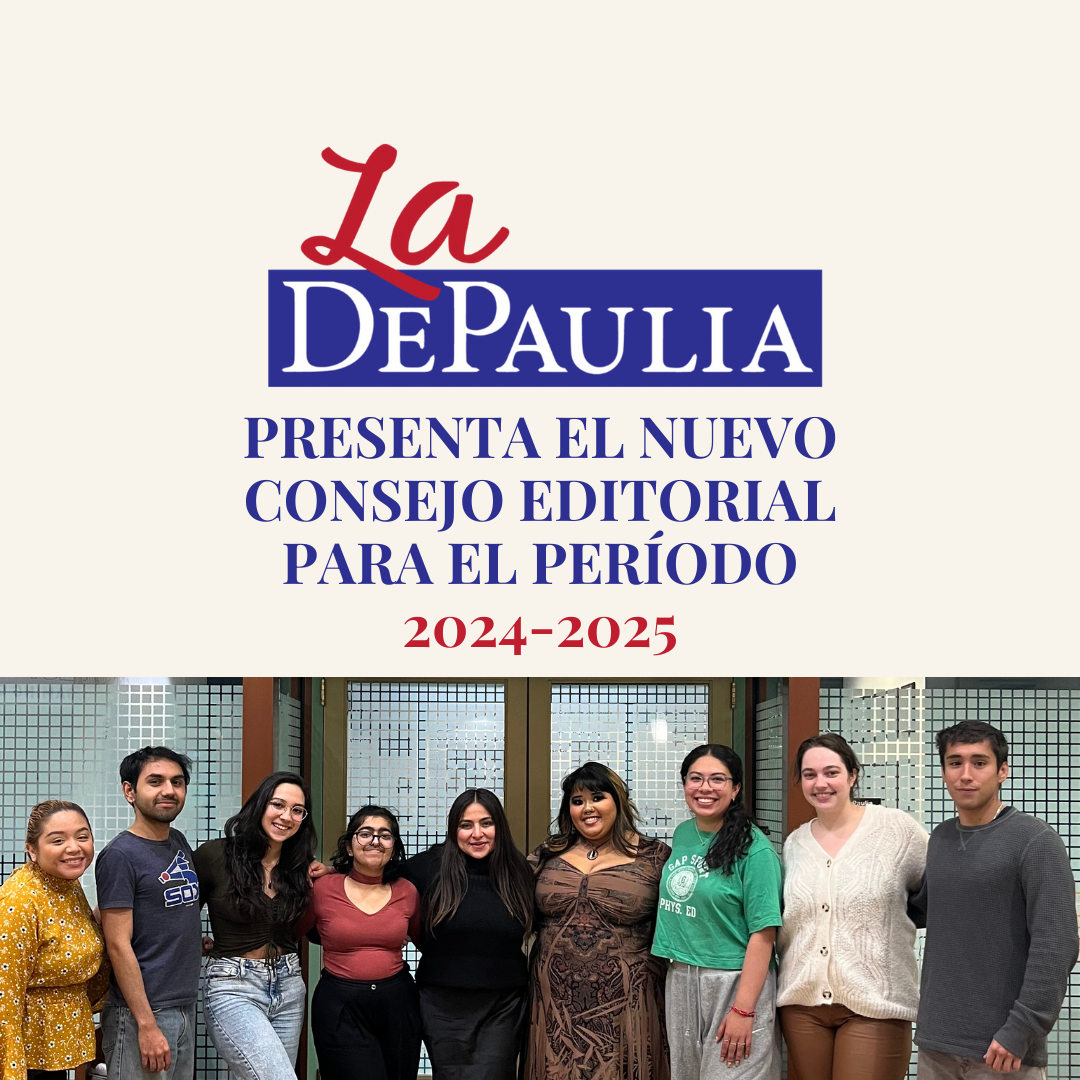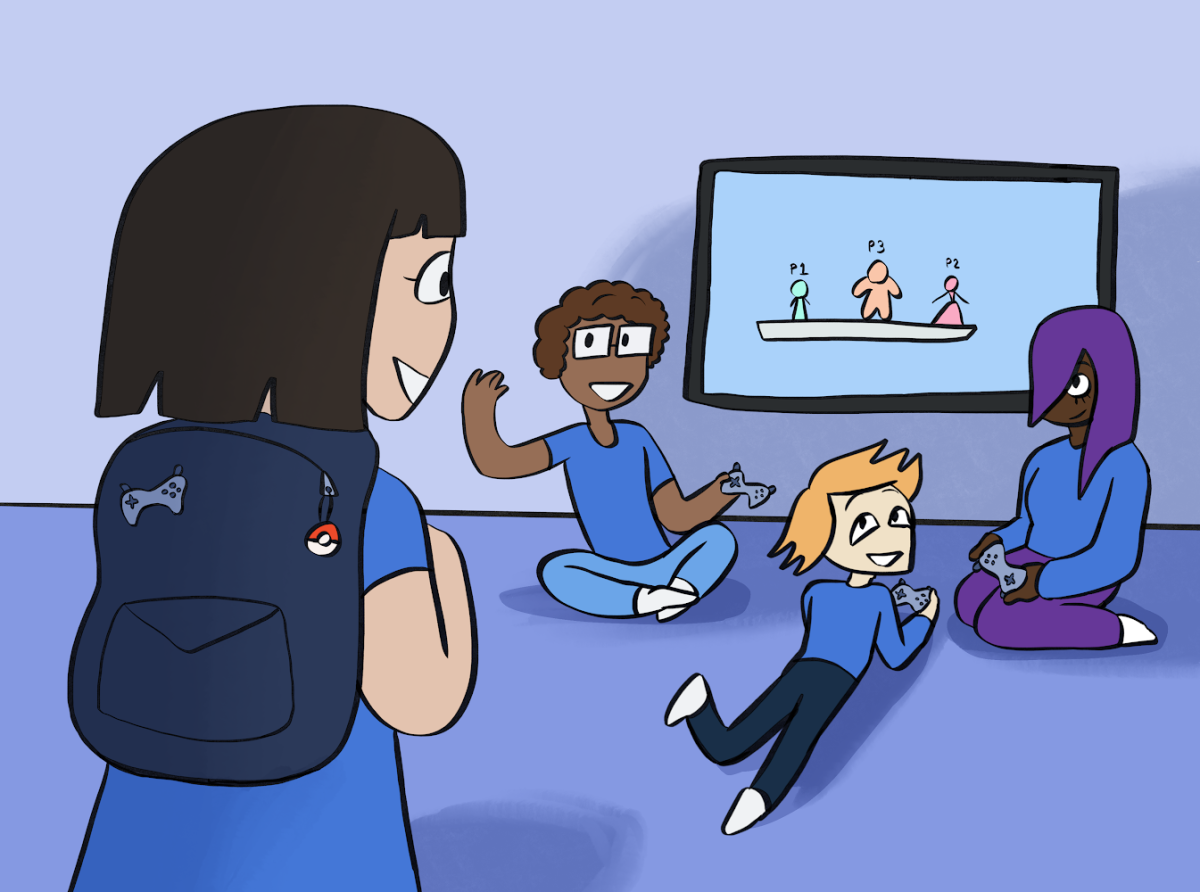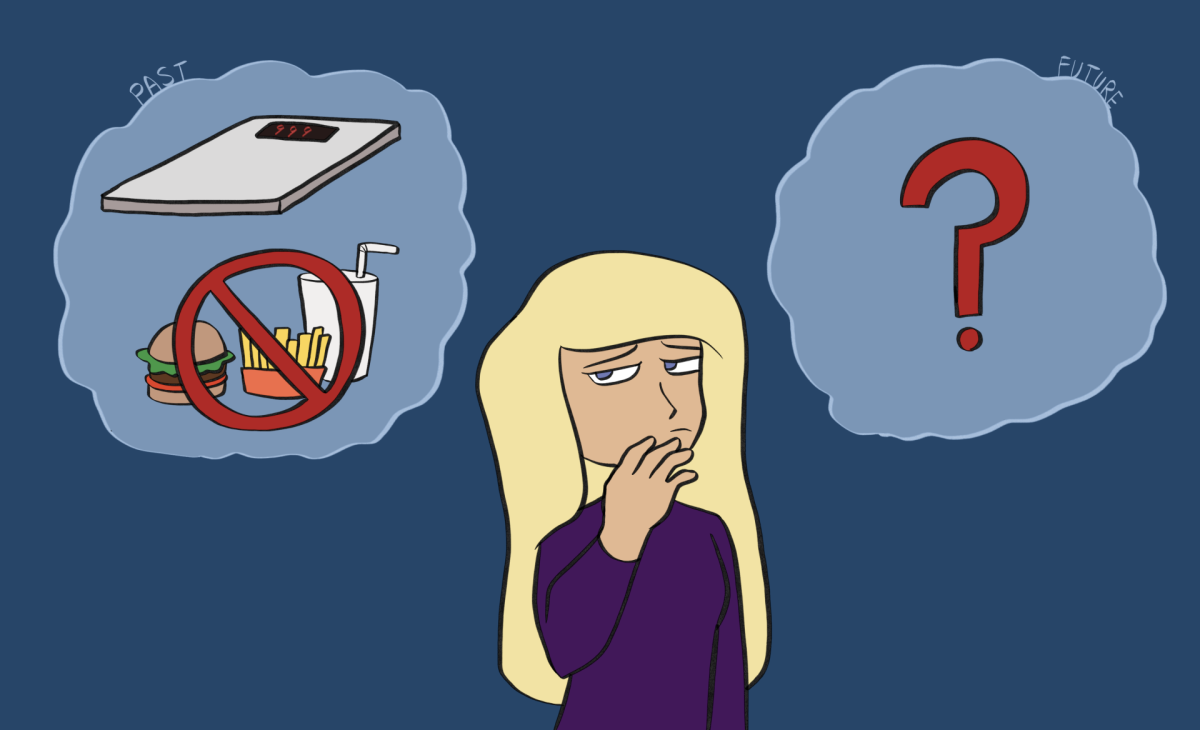Graffiti has persisted in Chicago. One of the louder times graffiti artists have spoken up was in Feb. 2010 when the Modern Wing of the Art Institute was graffitied less than a year after it opened. Stretching across dull limestone, colorful paint procured a bright, lively display, accompanied by the phrase “modern art…made you look.”
The Steppenwolf Theater’s young adult series has created a response to the graffiting of the Modern Wing in a new play, titled “This is Modern Art,” that dramatizes the events leading up to the spray painting of the Modern Wing. The Director of Steppenwolf for Young Adults said in an interview with PBS, that the play “taps into the disenfranchised artist and how our city is supporting or not supporting them in their work.”
The play has been received with mixed reviews. Hedy Weiss, Chicago Sun-Times theater critic, said in an interview on WTTW’s Chicago Tonight, “if defacing the new wing of the Art Institute is a statement of modern art…(and) if the expression is to do it in a criminal way, I’m sorry, that’s a really irresponsible statement.”
What Weiss is getting at is this question: is the illegal element of graffiti art counteracted by its status as a modern art form? It’s a difficult paradox, but Humboldt Park youth art studio Graffiti Zone presents an alternative to graffiti artists opting for a legal choice. Graffiti Zone arranges so-called “permission walls” in which artists are free to legally paint. Local businesses in West Humboldt Park donate their walls, helping to legally cultivate young graffiti artistry.
Matthew Jinks, an adjunct art professor at DePaul, strongly maintains that there are other routes to artistic expression: “if you need your art to be seen, then there are plenty of DIY pop-up galleries in Chicago. I don’t know what the buzz is anymore around illegal street art…it has been adopted by a visually mature middle class, and that is not the roots of street art.”
The current state of street art includes such a wide array of artists and formats, making it difficult to call the shots of what is art and what isn’t, or what is vandalism and what isn’t. But if the reason why youth are taking their art to the streets is because they don’t have the opportunity to explore their creativity in school art programs, then there is a larger problem involved. The community needs to make larger strides towards providing art programs to all students in Chicago Public Schools.
On the other hand, the illegal aspect of graffiti is very much part of the artist’s draw to it. Planning a stakeout to spot a place for artwork, going undercover at night to install it and then seeing people’s reactions when daylight reveals the work — these aspects are all parts of its tradition.
If a community were to legalize street art, the nature and subculture of the art form would change entirely — in other words, it would be a free-for-all. Whether good or bad, it’s impossible to say, but one thing is for sure: the allure of the graffiti community would be compromised.







